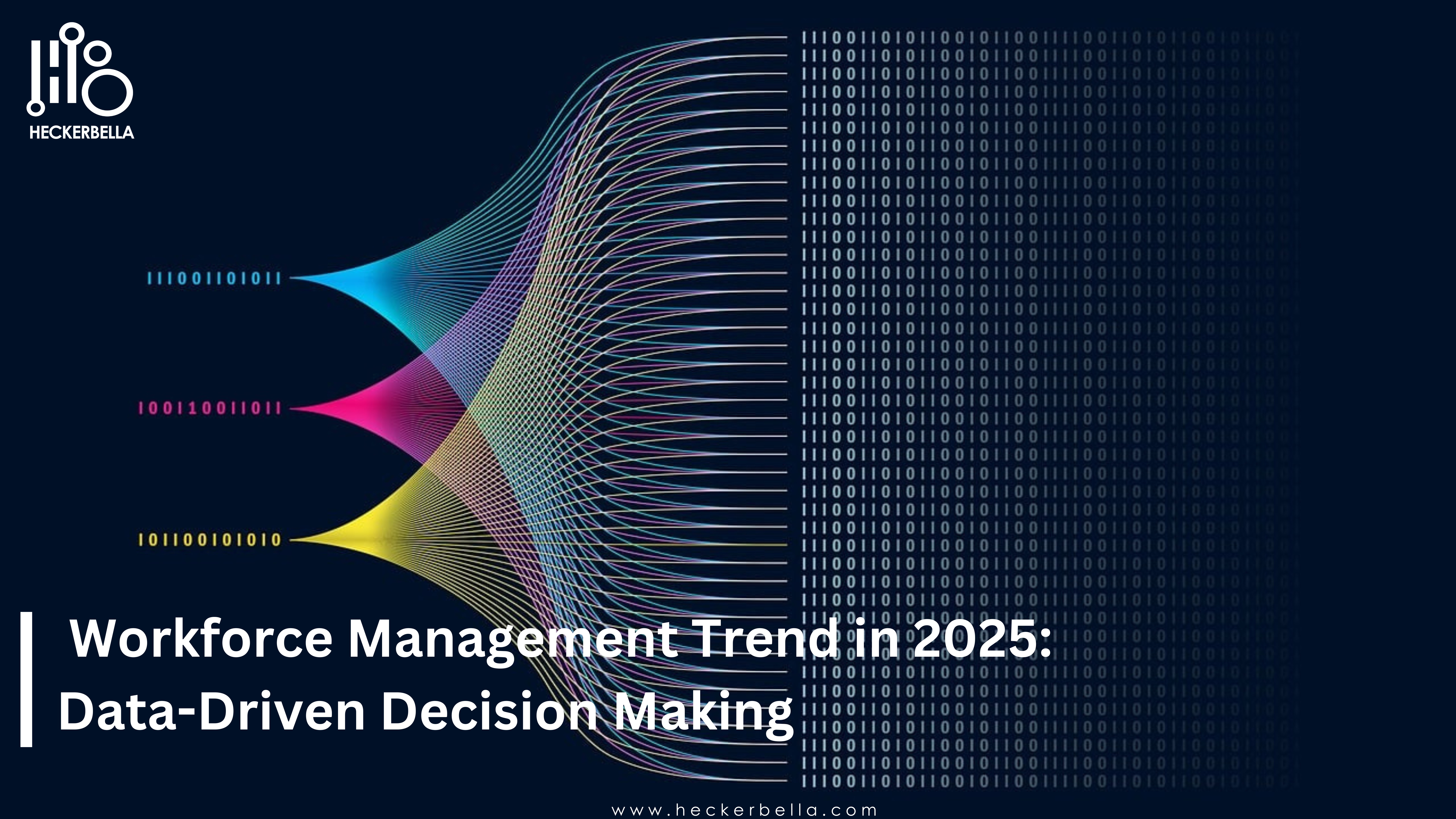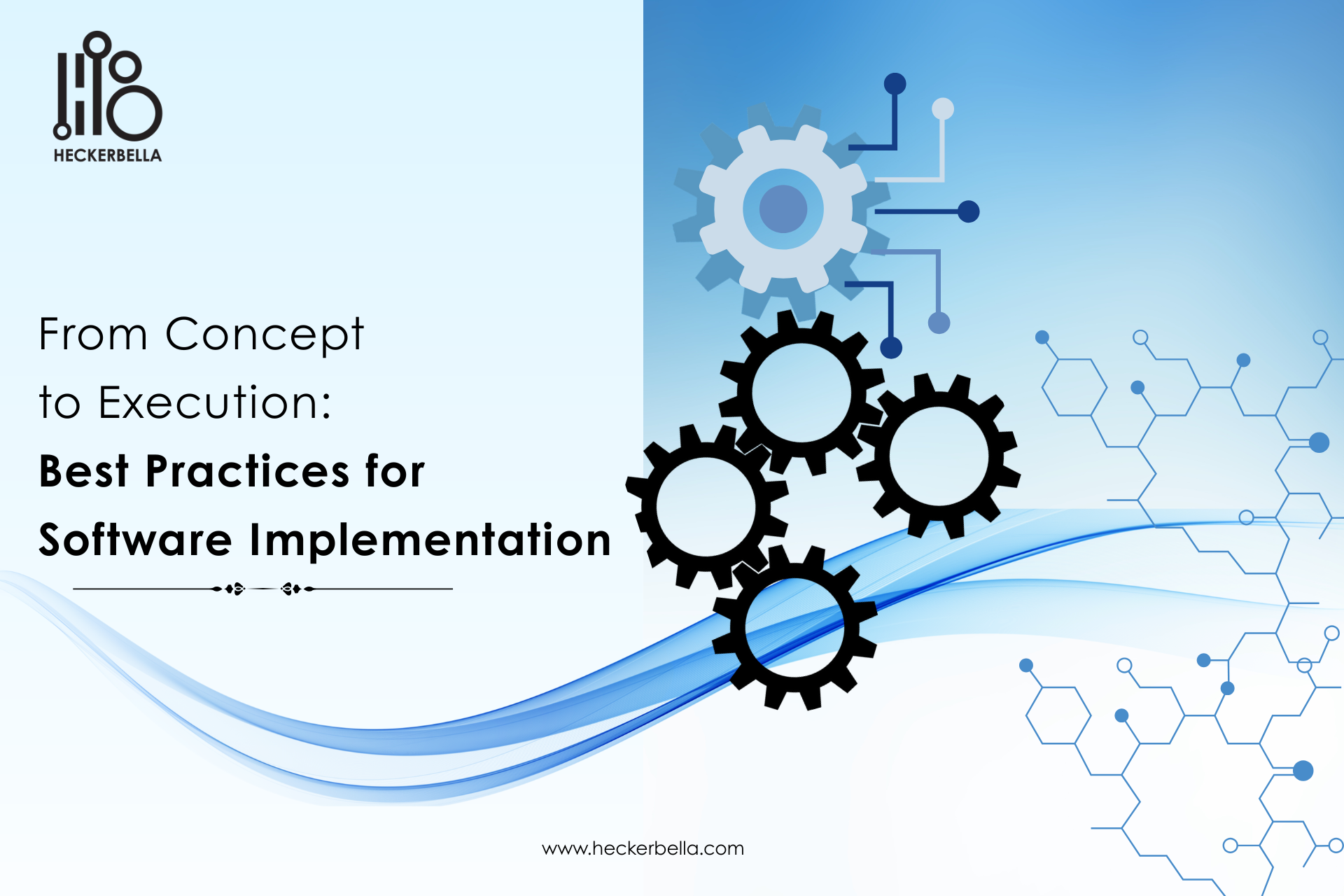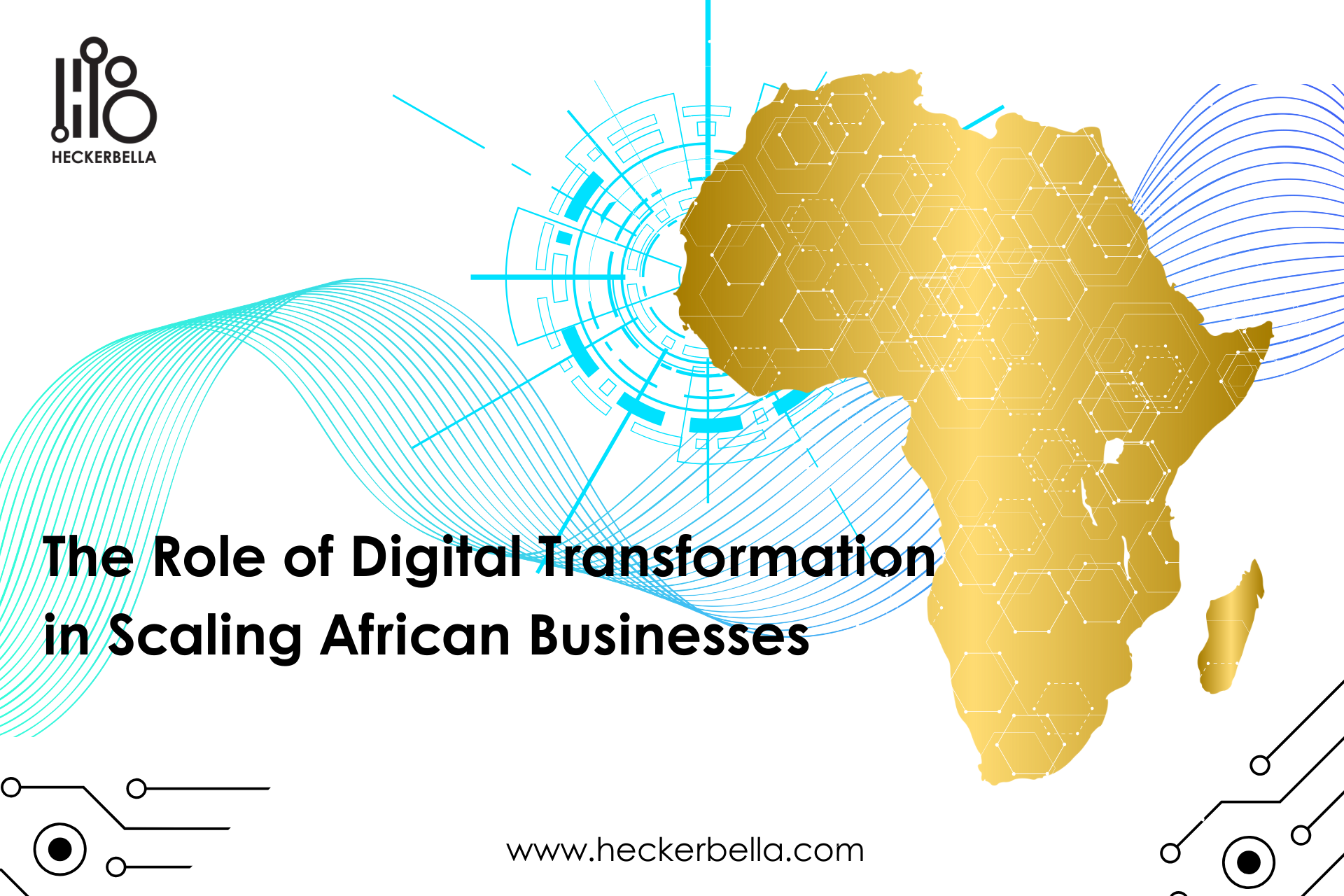Future Workforce Management Trend in 2025; Data-Driven Workforce Management

As organizations grapple with the complexities of a fast-changing modern day workforce, data-driven decision-making has emerged as a critical tool to optimize talent management. By leveraging data analytics and artificial intelligence, organizations can gain deeper insights into their workforce, make informed decisions, and drive business success.
Key Benefits of Data-Driven Workforce Management
- Enhanced Decision-Making: Data-driven insights provide a solid foundation for strategic workforce planning, talent acquisition, and performance management decisions.
- Improved Employee Experience: By analyzing employee data, organizations can identify patterns and trends to tailor experiences, boosting engagement and retention.
- Increased Productivity: Data-driven insights can help optimize workflows, identify bottlenecks, and allocate resources effectively, leading to improved productivity.
- Reduced Costs: By making data-driven decisions about staffing, training, and compensation, organizations can reduce costs and improve efficiency.
Core Components of Data-Driven Workforce Management
1. People Analytics:
- Predictive Analytics: Forecast future workforce needs based on historical data and current trends.
- Prescriptive Analytics: Identify optimal solutions to specific workforce challenges.
- Diagnostic Analytics: Analyze root causes of performance issues or turnover.
2. Real-Time Workforce Management:
- Shift Scheduling: Optimize schedules based on real-time data and employee preferences.
- Time and Attendance Tracking: Monitor employee attendance and time-off to ensure compliance and improve productivity.
- Performance Management: Use data to track employee performance, identify areas for improvement, and reward top performers.
3.Employee Experience Analytics:
- Employee Engagement: Measure employee satisfaction and identify factors that impact engagement.
- Learning and Development: Analyze training data to identify skill gaps and tailor development programs.
- Well-being: Monitor employee well-being metrics, such as stress levels and work-life balance, to prevent burnout.
Challenges and Considerations
While the potential benefits of data-driven workforce management are significant, organizations must address certain challenges:
- Data Privacy and Security: Ensure that employee data is handled responsibly and securely.
- Data Quality and Integrity: Maintain high data quality to ensure accurate and reliable insights.
- Cultural Change: Foster a data-driven culture within the organization to encourage the adoption of new technologies and processes.
Heckerbella: Empowering Data-Driven Workforce Management
By overcoming these challenges and embracing data-driven decision-making, organizations can unlock the full potential of their workforce and achieve sustained success. Heckerbella, a leading software development company, offers a powerful solution to streamline data-driven workforce management: Timatend www.timatend.com
Timatend provides a comprehensive suite of workforce management tools, including attendance tracking, performance management, and salary computation. These tools are backed by robust data analytics and reporting, allowing organizations to gain valuable insights into their workforce.
By overcoming these challenges and embracing data-driven decision-making, organizations can unlock the full potential of their workforce and achieve sustained success.
Data-driven workforce management is no longer a futuristic concept but a reality that is shaping the future of work. By harnessing the power of data, organizations can make informed decisions, improve employee experience, and drive business growth. As technology continues to evolve, the role of data-driven insights in workforce management will only become more critical.




